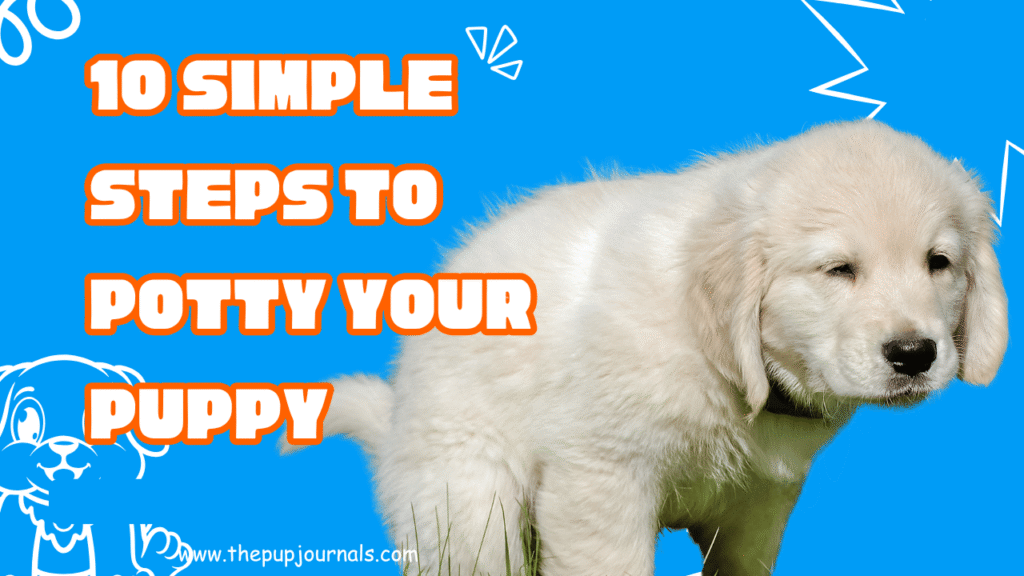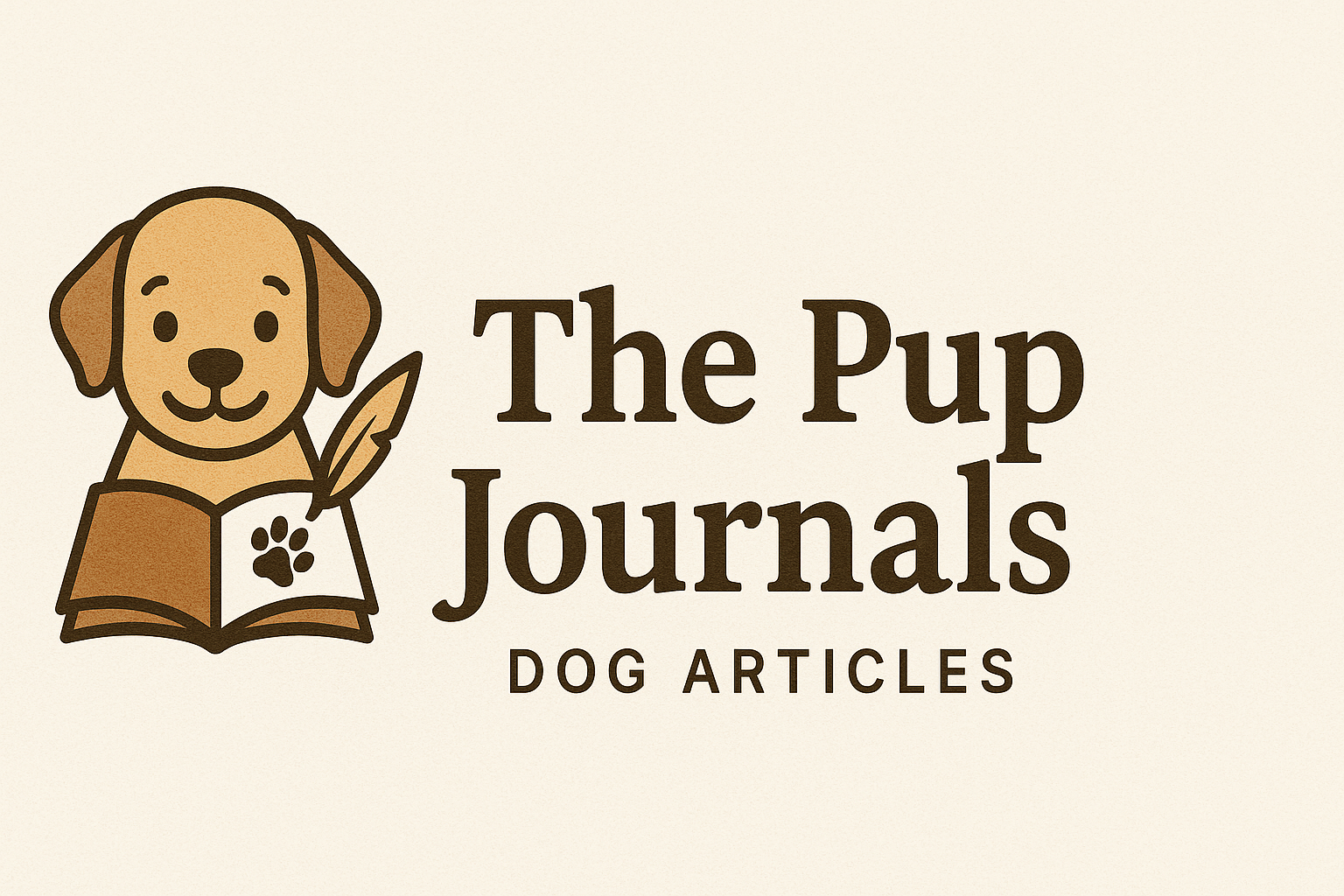
Table of contents
- Introduction
- Why Potty-Training Matters
- Understanding Puppy’s Needs
- Choosing the Right Time to Go Out
- Picking a Designated Potty Spot
- Using a Cue Word
- Crate Training for Success
- Positive Reinforcement
- Handling Accidents Calmly
- Gradual Freedom Expansion
- Meal and Water Timing
- Nighttime Potty Training
- Puppy Pad vs. Outdoor Training
- Common Challenges & Fixes
- Advanced Tips for Faster Results
- When to Seek Professional Help
- Frequently Asked Questions
- Conclusion
Introduction
Potty training your puppy is key to a happy home. A clean house makes you and your pup more relaxed. This guide shows exactly how to potty your puppy. We use simple language and short sentences. You’ll find step‑by‑step tips that work. Let’s get started!
Why Potty-Training Matters
Potty training builds good habits. Your puppy learns where to go. This saves you from unwanted messes. A well‑trained puppy is a joy to own. Visitors feel welcome in a clean home. Plus, your puppy gains confidence. They know what you expect.
Understanding Puppy’s Needs
Puppies have tiny bladders. They need to go out often. Expect bathroom breaks every one to two hours. After meals and naps, the urge hits fast. Playtime also triggers a need. Watch for sniffing and circling. These are signs your puppy must go.
Choosing the Right Time to Go Out
Create a routine with set times. Use these key moments:
- Morning wake‑up
- After meals (10–15 minutes later)
- After play sessions
- After naps
- Before bedtime
Stick to this schedule. It sets clear expectations. Your puppy learns fast.
Picking a Designated Potty Spot
Select one spot in your yard or on a puppy pad. Always lead your puppy to that spot. The smell helps them remember. Consistency speeds learning. Praise them when they go there. This builds positive associations.
Using a Cue Word
Pick a short phrase like “go potty” or “hurry up.” Say it each time your puppy goes out. Keep your tone calm and clear. Soon, the cue alone prompts action. Use the same words every time.
Crate Training for Success
Dogs avoid soiling their own den. A crate helps with control. Choose a crate just big enough for comfort. When you can’t supervise, use the crate. Never leave water or food inside for too long. Let your puppy out every hour. Crate breaks teach bladder control.
Positive Reinforcement
Reward good behavior right away. Use small treats, pets, or kind words. Say “good job!” as soon as they finish. This links the act with rewards. Avoid punishing accidents. Punishment creates fear and confusion.
Handling Accidents Calmly
Accidents will occur. Stay calm and patient. Clean spots with enzyme cleaner to remove odors. If you catch an accident in progress, say “uh‑oh,” then move your puppy outside. Praise them if they finish in the right spot.
Gradual Freedom Expansion
As your puppy succeeds, give more room. Start in one room. When accident‑free for a day, add another. Continue until your puppy roams the house. This builds trust and responsibility.
Meal and Water Timing
Control feeding times to predict bathroom breaks. Feed at set hours daily. Remove water one hour before sleep. This makes breaks more reliable. Predictable timing speeds training.
Nighttime Potty Training
Young puppies can’t hold overnight. Schedule one or two night breaks. Set a gentle alarm. Keep lights dim. Keep outings calm and brief. Gradually extend time between trips as your puppy grows.
Puppy Pad vs. Outdoor Training
Puppy pads offer indoor convenience. Place pads near the door at first. Then, move them closer to the designated outdoor spot each day. This shift trains outdoor bathroom habits. Always praise pad or yard success.
Common Challenges & Fixes
1. Puppy Sniffs but Doesn’t Go
Wait up to five minutes. If no success, try again soon. Stay patient.
2. Puppy Plays Instead of Going
Keep outings focused. Limit toys and distractions. Use a leash for guidance.
3. Puppy Holds Too Long
Increase the frequency of breaks. Very young pups need more trips.
4. Regression After Progress
Stress or change can cause slips. Return to the basic schedule. Be patient and consistent.
Advanced Tips for Faster Results
- Bell Training: Hang a small bell by the door. Teach your puppy to ring it before going out. Ring, then open the door. Reward each bell use.
- Scheduled Play‑Potty Rotations: Alternate short play sessions with potty breaks. This links play with going out.
- Log a Training Journal: Note success times. Track patterns. Adjust schedule to fit your puppy’s needs.
- Combine Commands: Use “sit” or “stay” before “go potty.” This teaches focus and calm before bathroom time.
When to Seek Professional Help
If training stalls after several weeks, consult a vet. Health issues like urinary tract infections can cause accidents. A certified trainer can also provide hands‑on advice. Early help prevents frustration.
Frequently Asked Questions
Start as soon as you bring your puppy home, typically at 8 weeks.
Most puppies learn in 4–6 weeks with consistent training.
Crates help greatly, but some owners use playpens or gated rooms.
A general rule is one hour per month of age.
Conclusion
Learning how to potty your puppy takes patience and consistency. Use set routines, positive rewards, and calm guidance. Watch for signs and act fast. Crate training and cue words speed success. Handle accidents calmly and expand freedom step by step. With these methods, you’ll potty train your puppy in about six weeks. Enjoy a clean house and a confident, happy puppy for years to come!
Reference: AKC

